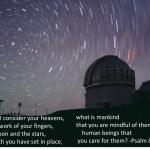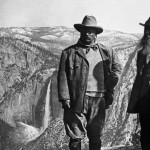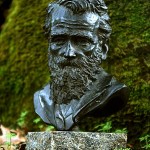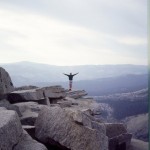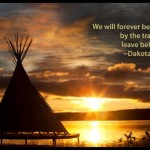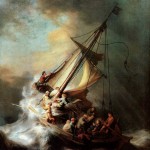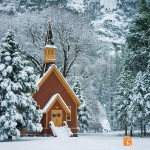 Watching the increasingly commercial emphasis during the Christmas Season, it is little wonder Albert Schweitzer described a kind of naïveté where people are unaware of the silent, spiritual battles within. Although blatant commercialism was far less intense during the time Henry Thoreau wrote “Walden,” (1850) it probably contributed to his efforts to strive to avoid reaching the end of his life and realize that he “blew it” and would not get a second chance.
Watching the increasingly commercial emphasis during the Christmas Season, it is little wonder Albert Schweitzer described a kind of naïveté where people are unaware of the silent, spiritual battles within. Although blatant commercialism was far less intense during the time Henry Thoreau wrote “Walden,” (1850) it probably contributed to his efforts to strive to avoid reaching the end of his life and realize that he “blew it” and would not get a second chance.
Advent can be a special time of the year when, along with preparing to celebrate the birth of Christ, people can look forward to the beginning of a new year of spiritual growth and renewal.
As a wonderful example of this, after much contemplation, e.e. cummings resolved that he was a “Little Church,” and offered his opinion of what that meant.
i am a little church(no great cathedral)
far from the splendor and squalor of hurrying cities
-i do not worry if briefer days grow briefest,
i am not sorry when sun and rain make april
my life is the life of the reaper and the sower;
my prayers are prayers of earth’s own clumsily striving
(finding and losing and laughing and crying)children
whose any sadness or joy is my grief or my gladness
around me surges a miracle of unceasing
birth and glory and death and resurrection:
over my sleeping self float flaming symbols
of hope,and i wake to a perfect patience of mountains
i am a little church(far from the frantic
world with its rapture and anguish)at peace with nature
-i do not worry if longer nights grow longest;
i am not sorry when silence becomes singing
winter by spring,i lift my diminutive spire to
merciful Him Whose only now is forever:
standing erect in the deathless truth of His presence
(welcoming humbly His light and proudly His darkness)
Perhaps Cummings is offering a common man’s interpretation of the bold proclamation that St. Paul made to the Corinthians over 2,000 years ago.
“Do you not know that your bodies are temples of the Holy Spirit, who is in you, whom you have received from God? You are not your own;”
Whether approaching the Christmas Story from an anthropological, historical or religious perspective, it is without a doubt the greatest human story ever told. It is childlike, welcoming and inclusive and offers every living human the challenge of accepting that they are living, breathing sacred events.
Volumes have been written about the story of the Magi carrying precious gifts to Bethlehem:
“And when they saw the star, they rejoiced exceedingly with great joy. And they came into the house and saw the Child with Mary His mother; and they fell down and worshiped Him; and they presented to Him gifts of gold, and frankincense and myrrh.” Mattthew 2.
The Bible (and other corroborating stories) indicates that the Magi returned to their respective homes, however, little has been written about how the event changed their lives. In fact, if they did create the original “Epiphany,” perhaps they discovered that spiritual awareness is the quintessential essence of being human.
The great irony here is that they presented gifts to the Christ child but, in return, received the unspeakably perfect gift of the Holy Spirit and the realization that they too were made in the image of God. If so, there is little doubt that their journey home was filled with joy, merriment and laughter and they rejoiced and were exceedingly glad.
Merry Christmas
